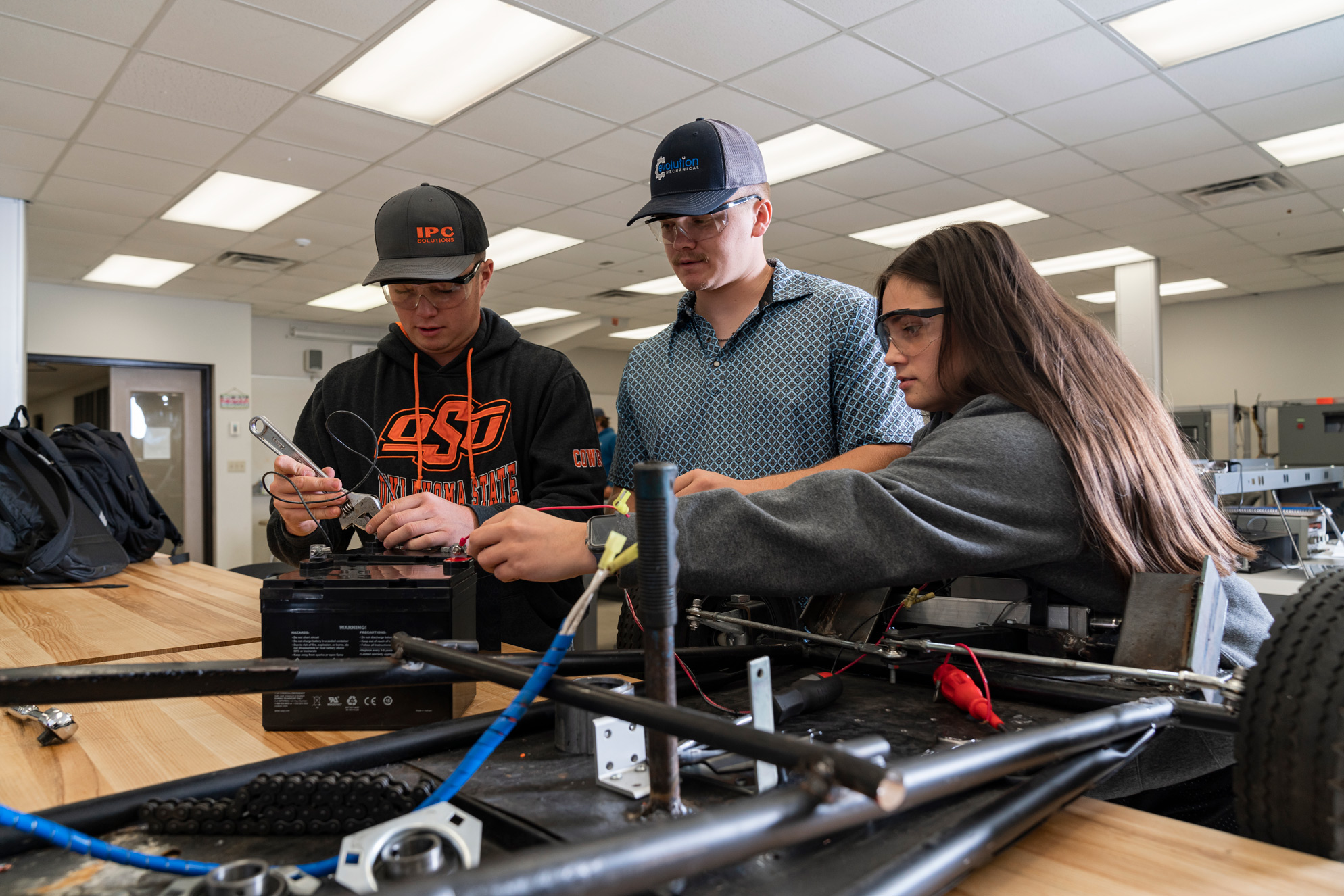
“Is the cost of college tuition really worth the investment?” is a question most ask when considering enrollment in any college, institution or university.
We have good news. You can rest assured that the degree you earn from OSU Institute of Technology is worth the investment, according to a new report from the Bipartisan Policy Center.
Researchers for the study developed a return-on-investment calculator. They determined that most students who attend an institution will obtain a degree that yields a positive ROI, but not all. However, the most significant estimated returns are among prestigious private institutions and institutions focusing on high-earning technical fields, like OSUIT.
The BPC developed three assessment models to calculate the lifetime return on investment. Each model accounts for factors such as:
- Student family income level
- The delayed payoff of college over time
- Adjustments for per-student taxpayer costs of supporting colleges
- The number of women and underrepresented minorities enrolled
- Anticipated labor market discrimination
Based on their assessment, OSU Institute of Technology placed at the top of numerous categories across these models.
OSUIT ranks #8 in Oklahoma, according to the baseline model, #5 in the intermediate model and #8 in the full model.
OSUIT is also ranked among the top Oklahoma Public Institutions for return on investment as #4 in the studies Baseline Model, #3 in the Intermediate Model and #4 for the Full Model.
The top recognition for Native American Non-Tribal College or University was awarded to OSU Institute of Technology across all three models and placed OSUIT as #2 nationwide in the same category.
In addition, OSUIT ranks in three other nationwide comparisons:
- Top 10% of nearly 700 public institutions that predominately grant Associate degrees
- Top 25% of over 1,500 Public Institutions
- Top 30% of more than 3,000 institutions across the nation for the lifetime return on investment of their degree.
The Baseline Model calculates the lifetime return on investment and compares 62 institutions across the state for this study.
The intermediate model includes adjustments that substantially reduce the estimated ROI to account for individuals from higher-income families who are more likely to pursue a college education. It factors in a discount rate adjusted for the delayed payoff of college over time.
The complete model includes adjustments for the per-student taxpayer cost to support colleges and an increase in ROI for institutions that enroll a significant number of women and underrepresented minorities. It considers the labor market discrimination students experience after departing from the institutions.
To read more about these rankings, visit the Bipartisan Policy Centers Blog, What’s the Value of College?
